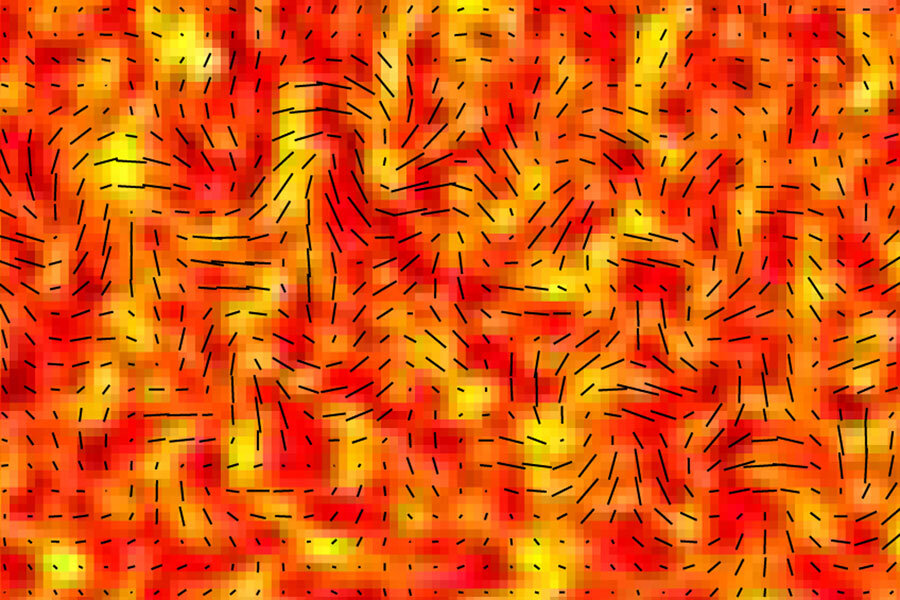Three $1 million prizes given to nine scientists
Loading...
| New York
Nine scientists won awards Thursday for theories about the first moments of the universe, discoveries about the brain and techniques to let researchers see ever-tinier things.
The winners, announced by the Norwegian Academy of Science and Letters, will share three $1 million Kavli Prizes. Awarded biennially since 2008, the prizes are named after philanthropist Fred Kavli, a native of Norway. Kavli died last November.
The prize for astrophysics goes to Alan Guth of the Massachusetts Institute of Technology, Andrei Linde of Stanford University, and Alexei Starobinsky of the Russian Academy of Sciences in Moscow. They were honored for developing the theory of inflation, which holds that the universe grew extremely quickly in the first split-second after its birth in the Big Bang.
The theory, formulated in the 1980s, hit the headlines this past March when other scientists reported seeing evidence for it in the cosmos.
The prize for neuroscience was awarded to Brenda Milner of McGill University in Montreal, John O'Keefe of University College London, and Marcus Raichle of Washington University in St. Louis, Missouri. Milner and O'Keefe linked specific regions of the brain to particular kinds of memory and mental skills. Raichle designed techniques to visualize the workings of the human brain and discovered key patterns in brain activity.
The prize for nanoscience, the study of structures smaller than a bacterium, for example, is shared by Thomas Ebbesen of the University of Strasbourg in France, Stefan Hell of the Max Planck Institute for Biophysical Chemistry in Goettingen, Germany, and Sir John Pendry of Imperial College London. Their work has helped researchers use ordinary light to get images of very tiny things, which the Norwegian academy said promises to aid such fields as physics, chemistry and biomedical sciences.
The Kavli prizes are a joint program of the academy, the California-based Kavli Foundation and the Norwegian Ministry of Education and Research. The prizes will be awarded in Oslo, Norway, in September.







